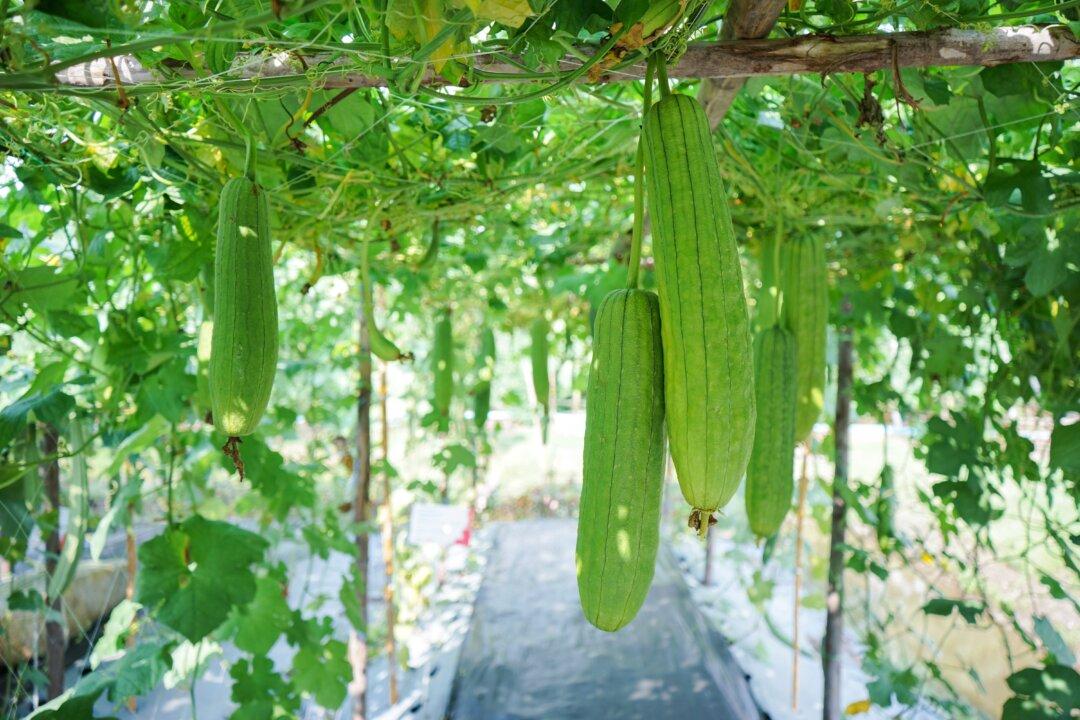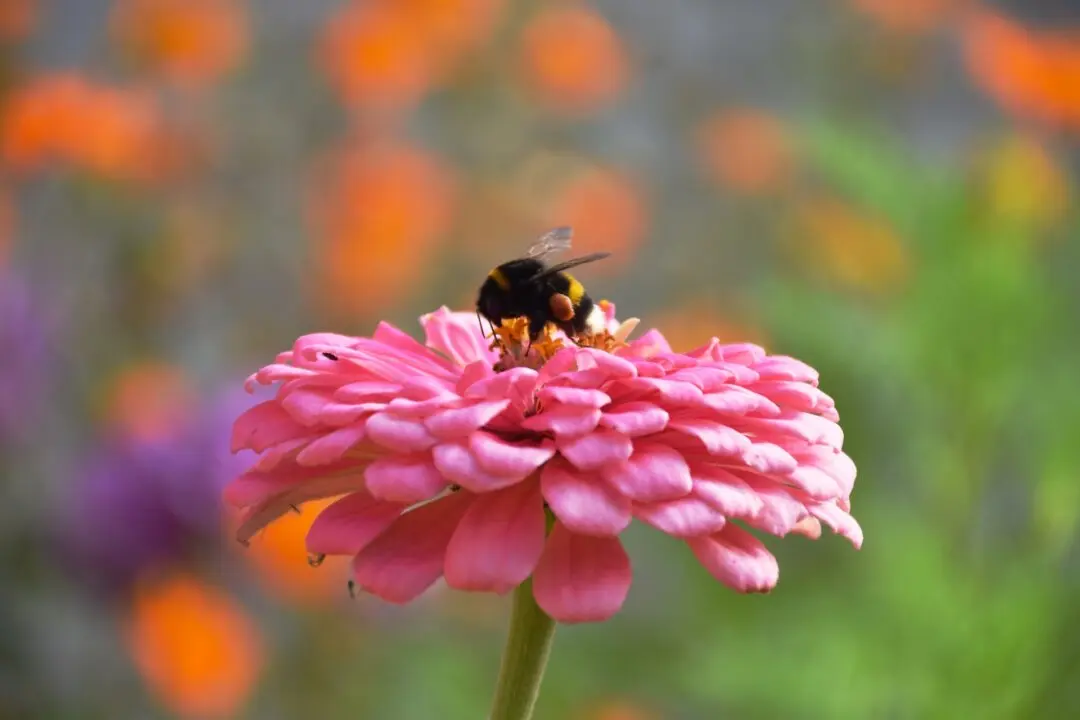Q: We moved into a home that has a vegetable garden. There are a ton of wires, trellises, and whatnot that look like the previous owner grew everything vertically. What can be grown on trellises?
A: This sounds like one of those clickbait headlines. “The Top 10 Vegetables to Grow on a Trellis”—if you have no space in your garden. Joking aside, there are a lot of fruits and vegetables that can grow upward in a skinny space.





